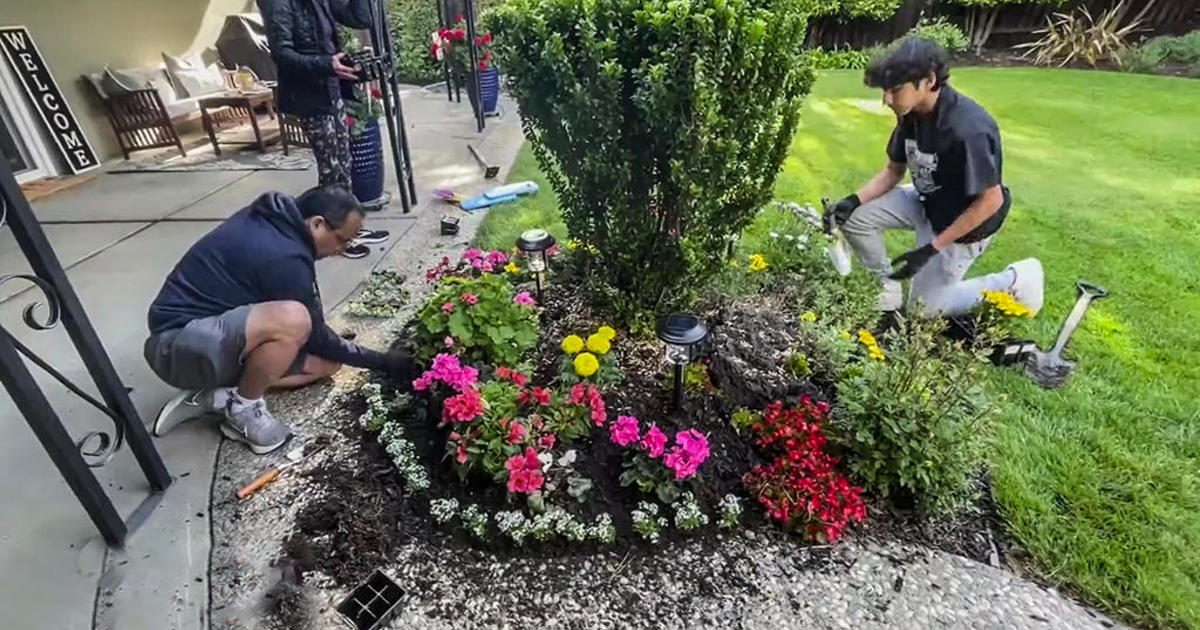Scientists Zero In On DNA In Hair Samples With Extraordinary Accuracy
LIVERMORE (KPIX 5) -- On the crime show NCIS, one hair leads to a killer. That was once the stuff of fantasy, but no more.
Hair is your crowning glory and soon, thanks to scientists from Lawrence Livermore National Lab, it will provide the evidence necessary to tie you definitively to a crime.
"We've leveraged the fact that protein in your body is essentially an echo of your DNA," says Brad Hart, director of the lab's Forensic Science Center. "Your DNA is a blueprint for the proteins produced by your body."
In the past, hair evidence was collected at crime scenes but could only be used to identify a suspect with a microscope and an expert opinion comparing samples.
"Instead of relying on someone's opinion about whether something matches, you can make a measurement," says chemist Deon Anex.
Using only an inch of hair, Hart and Anex can identify the amino acids and peptides that make up your hair. So far, the degree of accuracy is one in a million after the hair is broken down into it's parts.
"We hope in the future of course, to make that even better," says Anex. "If we had a hundred of these identification markers in say an identification panel you might say for hair identification, this would be sufficient to get a unique pattern for a person out of the entire world's population."
"The data that comes out when we do the analysis of a particular hair sample - you get peaks and valleys that are displayed here that focuses on each individual peptide that comes out of the mass spectrometer," he says.
The advantage of hair over DNA is how robust it is. Think of the hair balls that live under your bed.
DNA in comparison is very fragile and easily mixed up at a messy crime scene.
"You come across a crime scene, you may have a pool of blood, but it may not just be one person's blood - the more contributors to that mixture of DNA, the more difficult to figure out who's DNA it was. The nice thing about hair, is that if you find a hair, it only came from one person," says Hart.
Scientists at the lab have been able to test a piece of hair for its markers -- that is over 250 years old.
Breaking the hair down and getting a profile is almost as quick as Abby on NCIS -- just 24 to 48 hours -- with about the same cost as DNA.
"It comes into play with connecting suspects to a crime scene, but it would also be very, very important in exonerating people," says Anex.
Up next at the lab will be finding out what treating your hair to the Clairol color wheel means for its genetic breakdown.
"Is blonde hair different from brunette hair? If someone had dyed their hair or permed their hair, how do those things affect our abilities to recover these profiles?" says Hart.



